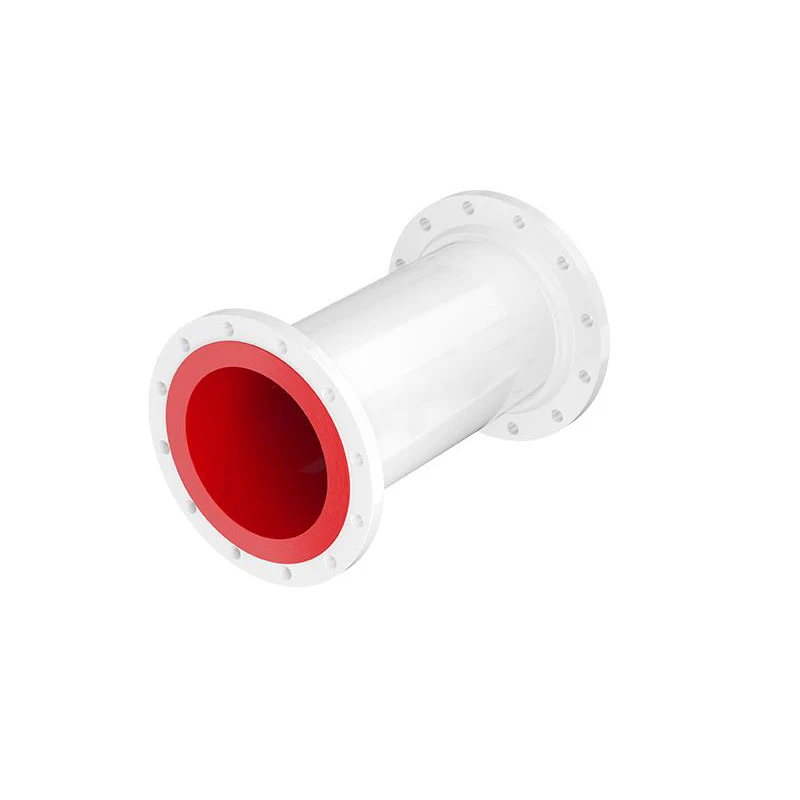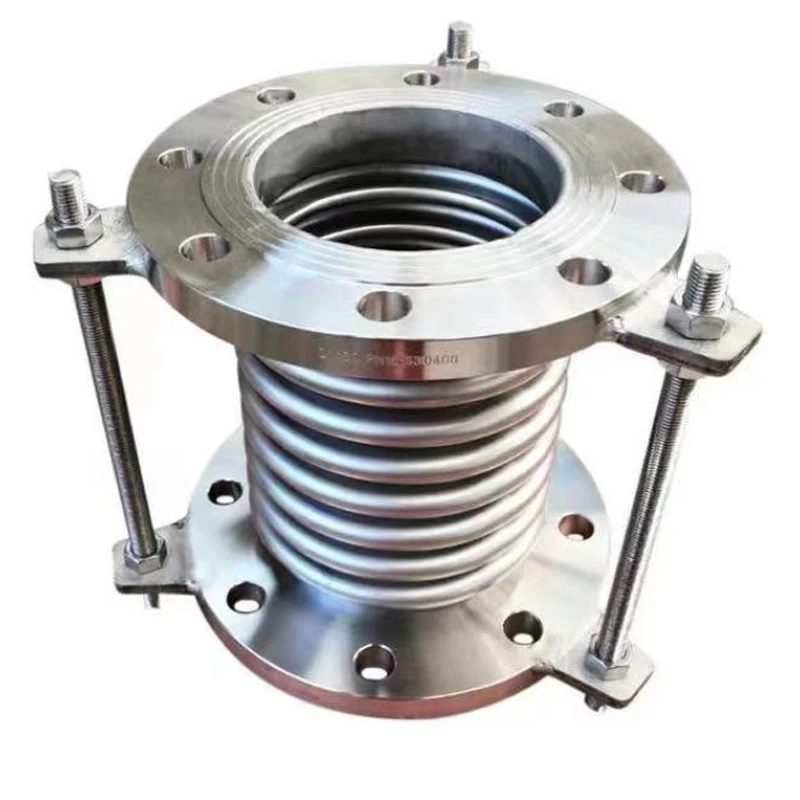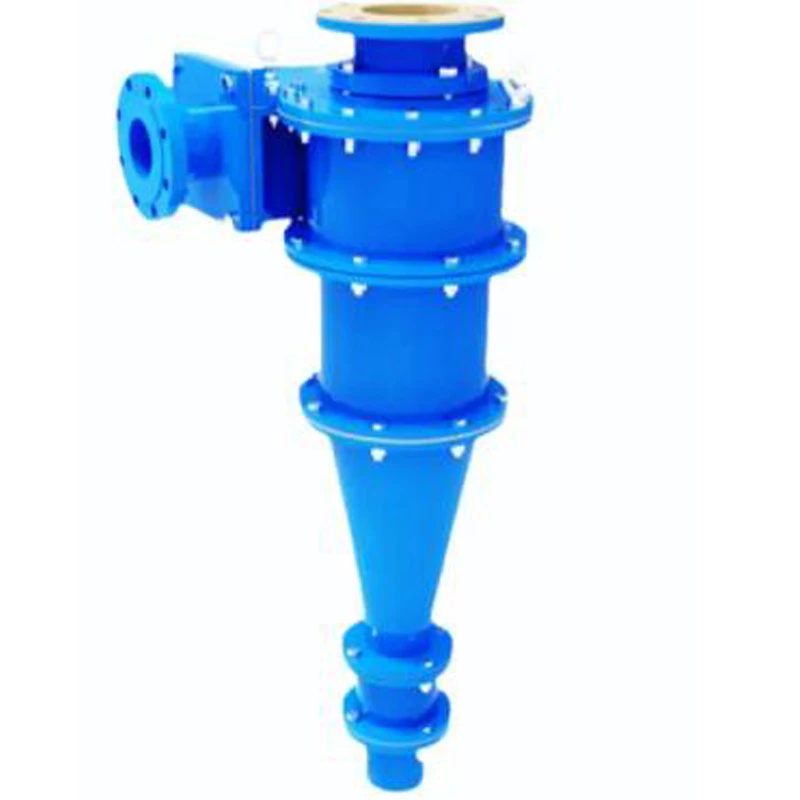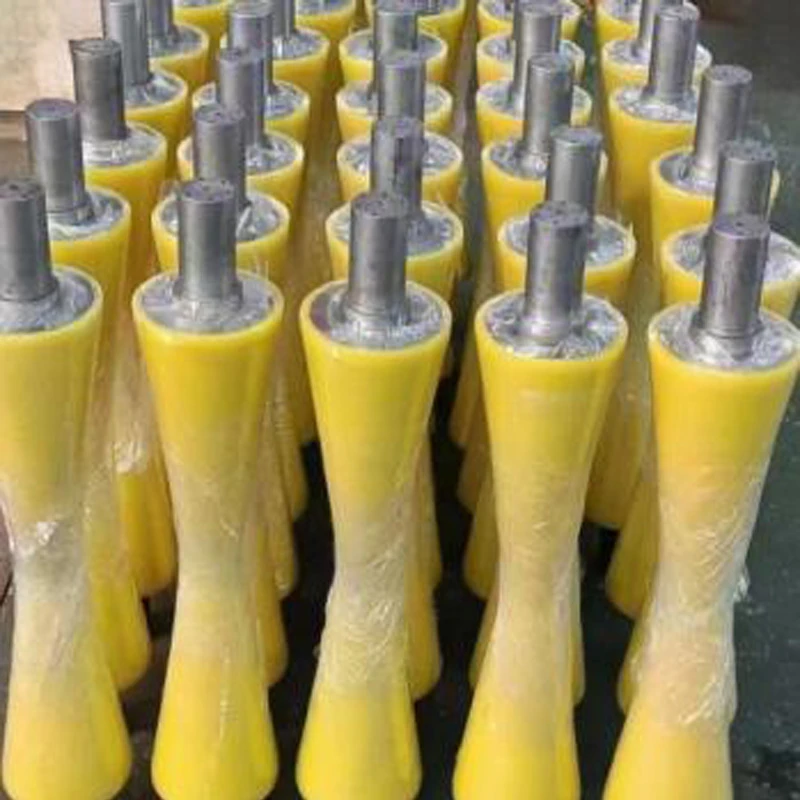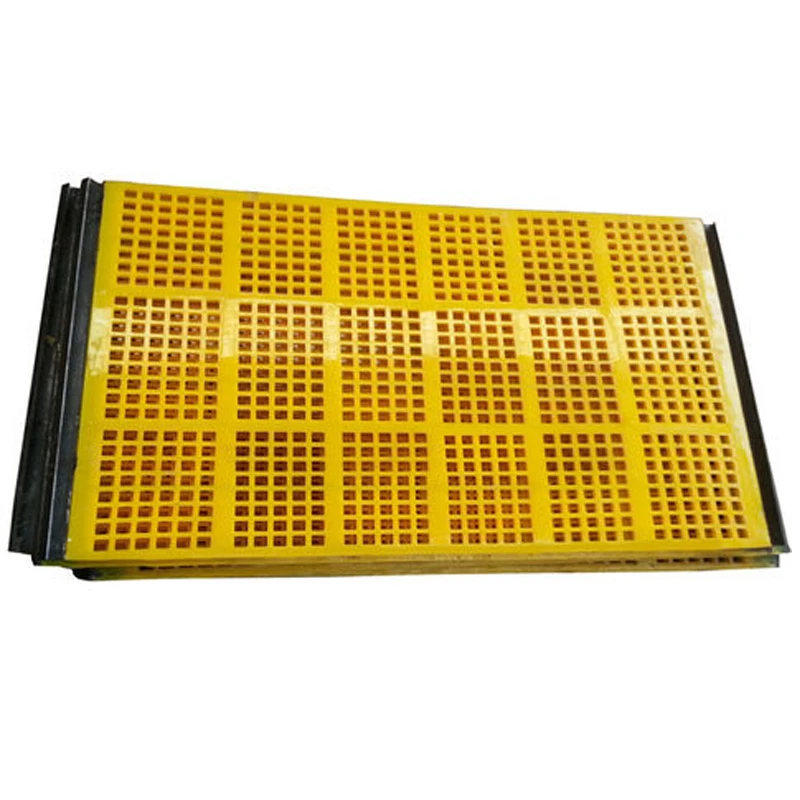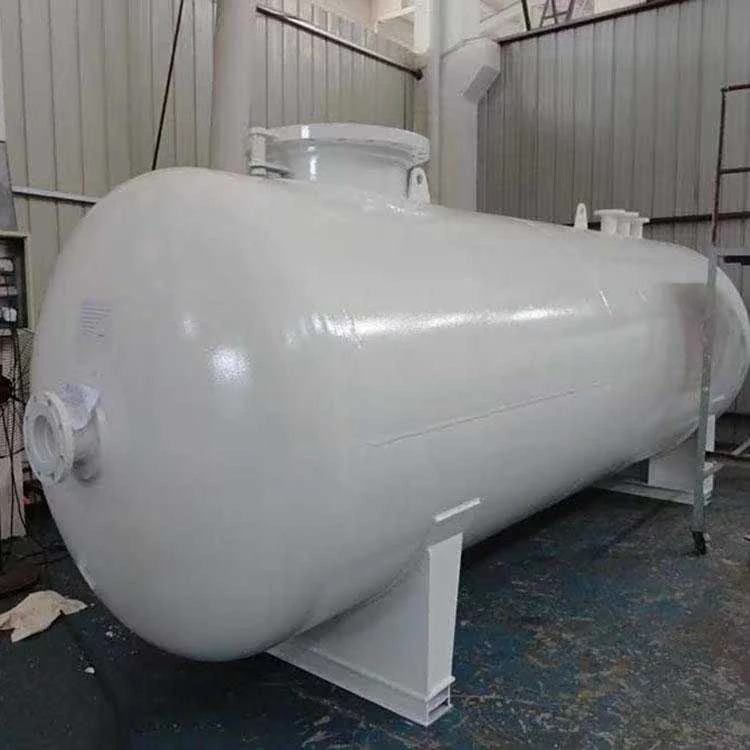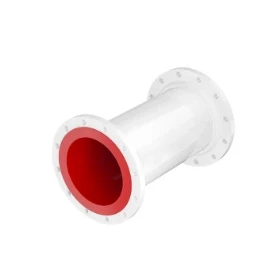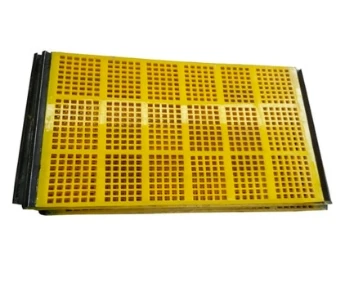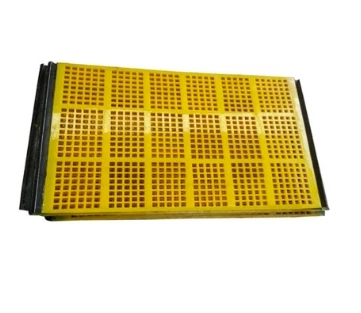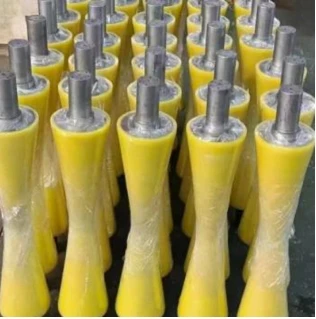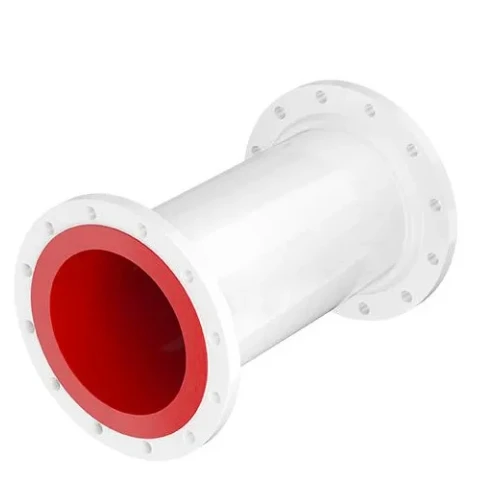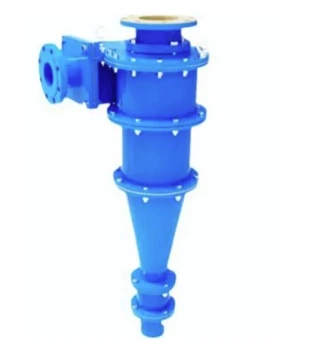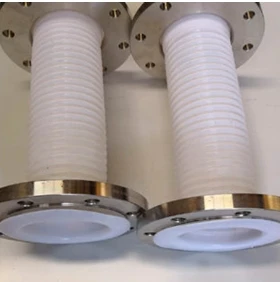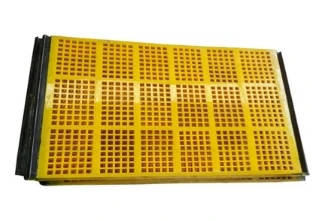Premium PTFE Bellows for Extreme Conditions & Chemical Resistance
PTFE bellows are critical expansion components engineered to ensure superior flexibility and chemical resistance in demanding process industries. This in-depth guide covers PTFE bellows technology, key manufacturers, technical specifications, production processes, customization solutions, and real-world application cases. Drawing on the latest industry data, third-party standards (e.g. ISO 9001, ANSI, FDA), and technical benchmarks, this page empowers engineers, procurement specialists, and industry professionals to select the ideal PTFE bellows solution.
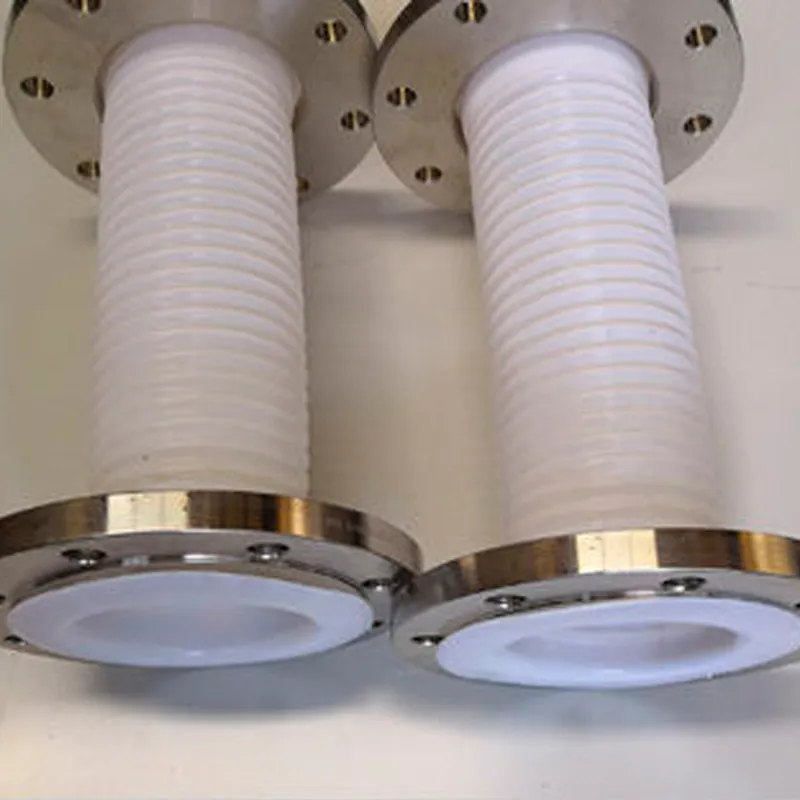
1. What Are PTFE Bellows? Understanding the Structure & Technology
PTFE bellows are flexible, convoluted expansion joints or connectors made from Polytetrafluoroethylene (PTFE)—renowned for its supreme chemical inertness and durability. Unlike typical rubber or metal expansion bellows, PTFE bellows are tailored for environments where aggressive corrosive fluids, high purity, or sterile conditions are standard.
Structurally, PTFE bellows consist of one or more convolution sections, offering exceptional axial, lateral, and angular movement capacity, while absorbing vibration and mitigating misalignment in pipelines.
- Industry Synonyms: PTFE expansion joints, PTFE flexible connectors, fluoropolymer bellows
- Key Applications: Chemical & pharma, semiconductor, food processing, water treatment, metal refining, and power plants
- Key Performance Parameters: Chemical compatibility, pressure & temperature rating, movement capability, cycle life, dimensional stability
| Parameter | PTFE Bellows | Metal Bellows | Rubber Bellows |
|---|---|---|---|
| Chemical Resistance | Excellent (pH 0-14) | Poor to Good | Fair to Good |
| Temperature Range (°C) | -180 to +220 | -40 to +600 | -30 to +130 |
| Pressure Rating (bar) | Up to 6 | Up to 40 | Up to 16 |
| Flexibility | High | Medium | High |
| Cleanroom Grade | Yes | No | No |
| Anti-stick Surface | Yes | No | No |
| Median Service Life (years) | 8-15 | 5-12 | 3-8 |
2. PTFE Bellows Industry Trends: Data & Insights
- Market CAGR (2023-2029): 6.8% (Driven by chemical, pharma, and water industries. [Source: Grand View Research])
- Top Demand Regions: Asia Pacific (47%), Europe (28%), North America (22%)
- Primary Manufacturing Standards: ISO 9001, ANSI/ASME B16.5, FDA, EN 14432 (chemical storage & pipeline components standards)
- Supplier Profile: Majority of leading ptfe bellows manufacturers operate in China, Germany, and USA.
3. Manufacturing Process of PTFE Bellows: Step-by-Step Explained
Production of PTFE Bellows involves advanced fluoropolymer treatment and high-precision forming. Quality control is governed by ISO, ANSI, and in many suppliers, FDA standards:

- PTFE Raw Material Sourcing (Procurement of high-purity PTFE resin; traceability per ISO 9001)
- Isostatic Molding (Powder filling & cold pressing to preform billet; eliminates voids, improves density)
- Sintering (Controlled furnace sintering at 370–400°C; ensures PTFE molecular integrity)
- Machining (CNC Turning) (Billet is precision-machined into convoluted bellows geometry on 5-axis CNC lathes; tolerance ≤0.1mm)
- End Face Finishing (Trimmed to customer spec; flanges/rings integrated by welding or reaming)
- Dimensional & Integrity Testing (100% inspection: hydrostatic test per EN 12266, visual, and functional movement test)
- Packing & Traceability (Laser-etched with batch #, documentation & test certificates attached)
Key Advantages: Isostatic molding achieves higher uniformity and density than extrusion, resulting in superior long-term fatigue and pressure resistance.
➔ For detailed video explanation, see PTFE Bellows CNC Production Demo
4. PTFE Bellows Technical Specifications & Data Visualization
| Property | Unit | Typical Value (PTFE Bellows) |
Test Method |
|---|---|---|---|
| Material Purity | % | ≥99.7 | ASTM D4894 |
| Max Service Temperature | °C | 220 | ASTM D1457 |
| Min Service Temperature | °C | -180 | ASTM D4895 |
| Design Pressure | bar | 2 - 6 | EN 14432 |
| Axial Movement | mm | ±10 - 60 | IEC 60534 |
| Cycle Life | cycles | ≥150,000 | Internal Test |
| Dielectric Strength | kV/mm | 15 | ASTM D149 |
5. Use Cases & Application Scenarios
- Petrochemicals: Used for conveying acids/alkalis in acid slurries and solvent transfer lines—no risk of corrosion or leaching.
Case Study: Sinopec refinery upgraded over 1200 joints to PTFE bellows to eliminate leaks, reducing unscheduled shutdowns by 93%. - Pharmaceutical Manufacturing: In ultra-high-purity water and clean steam distribution, PTFE bellows maintain zero contamination & meet FDA/USP Class VI standards.
- Semiconductor Plants: Provide critical vibration absorption in ultrapure acid/etchant feed lines (supporting ISO 14644 cleanroom protocols).
- Water & Wastewater: Offer unmatched life cycle for brine and caustic lines.
- Food & Beverage: Used in syrup, caustic CIP loops—resistant to repeated steam sanitization cycles.
- Metallurgy: Bellows handle aggressive chloride and process effluents, making them ideal for electrolysis cells and pickling systems.
6. PTFE Bellows Manufacturers: Comparison & Global Leaders
| Manufacturer | Country/Region | Certifications | Lead Time | Custom Options | Notable Clients | Website |
|---|---|---|---|---|---|---|
| QWMetal | China | ISO 9001, FDA, EN 14432 | 10-18 days | DN15-DN500, OEM/ODM/Logo, Flange/Thread End | BP, AkzoNobel | Product Page |
| Garlock | USA | ISO 9001, FDA | 20-30 days | DN25-DN300, Various Flange Styles | Dow, BASF | Website |
| KE Falcon | Germany | ISO 14001, ATEX | 22-35 days | DN15-DN400, Custom Bellows Length | Bayer, Lanxess | Website |
| Novaflex | Canada/USA | ISO 9001, CRN | 18-28 days | Integral Liner Options | Coca-Cola, Kraft | Website |
- Tip: For urgent or large-volume projects, select PTFE bellows manufacturers with in-house toolmaking and CNC capabilities to guarantee short lead times and component traceability.
7. Customization of PTFE Bellows Expansion Joints
The best ptfe bellows manufacturers provide full custom engineering to match your pipeline dimension, movement, and pressure class, including:
- Bellow Size: DN15–DN500 (custom lengths/OD on request)
- End Connections: Fixed/Loose Flange, BSP/NPT Thread, Tri-clamp, Weld Neck
- Liner: Reinforced/PTFE+SS Braided/Anti-static variants
- Colors: White (standard), black, blue for anti-static or OSHA compliance
- Movement Profile: Single/double convolution, custom convolution geometry
- Pressure Rating: Up to 6 bar (custom pressure class possible)
- Accessories: Bolt sets, backup rings, gaskets, tag plates
PTFE bellows expansion joints can be optimized for thermal expansion, vibration absorption, or electrostatic control—critical in hazardous or cleanroom setups.
8. Typical Customer Experience & Service Offerings
- Avg. Repeat Order Rate: 91% (QWMetal), 78% (industry average)
- Solved Issues: 99.8% leak-free installs reported after upgrading from rubber bellows
- Case Highlight: A German pharma major reported CIP cycle time drop by 29% due to improved bellow cleanability and zero residue design
- Project pre-design consultation & 3D drawing
- Third-party inspection & test certificate (ISO/FDA/EN as needed)
- Onsite installation/commissioning support
- 24/7 technical hotline & rapid aftersales part supply
- Full warranty: 18–36 months depending on pressure/usage
9. Delivery, Warranty & Customer Support
Quality Assurance: Full replacement/repair warranty 18–36 months for material or process defects. Onsite inspection available for bulk & export orders.
Documentation: Test reports, material certificates, compliance (ISO/EN/FDA) provided with each delivery.
Support: Lifetime free technical advice for bellow sizing, movement analysis, and safe use conditions.
10. PTFE Bellows in Action: Industry Case Example
Application: Sulfuric acid transfer lines, highly aggressive
Solution: Replaced stainless steel expansion joints with custom PTFE bellows expansion joints featuring anti-static liner. Switchover resulted in 96% reduction in replacement frequency and zero reported leaks over a three-year period.
Key Takeaway: Material compatibility and certified manufacturing are essential for mission-critical corrosive fluid handling.
11. PTFE Bellows FAQ: Expert Answers
12. Authoritativeness: Certifications, Compliance & References
- Major Certifications: ISO 9001:2015, FDA approval, EN 14432 (Europe), ANSI B16.5 (USA), ATEX for explosion risk areas
- Test & Inspection Methods: EN 12266 (pressure), ASTM D4894 (material purity), visual/dimensional test
- Featured In: FlowControl Network, Valve World Expo, Chemical Engineering Progress
13. Industry Resources & Further Reading
- “Fluoropolymer Lined Piping Systems – Standards, Manufacturing and Applications” – Chemical Processing Magazine
- “Flexible PTFE Bellows for Chemical Resistance & Purity” – Engineering Tips Forum
- “PTFE Piping Solutions in Power & Metal Industries” – ACS Industrial Chemistry
- QWMetal PTFE Bellows Product Page
Related Products
Our main products are polyurethane lined pipes, mining equipment fittings and metal hoses.




